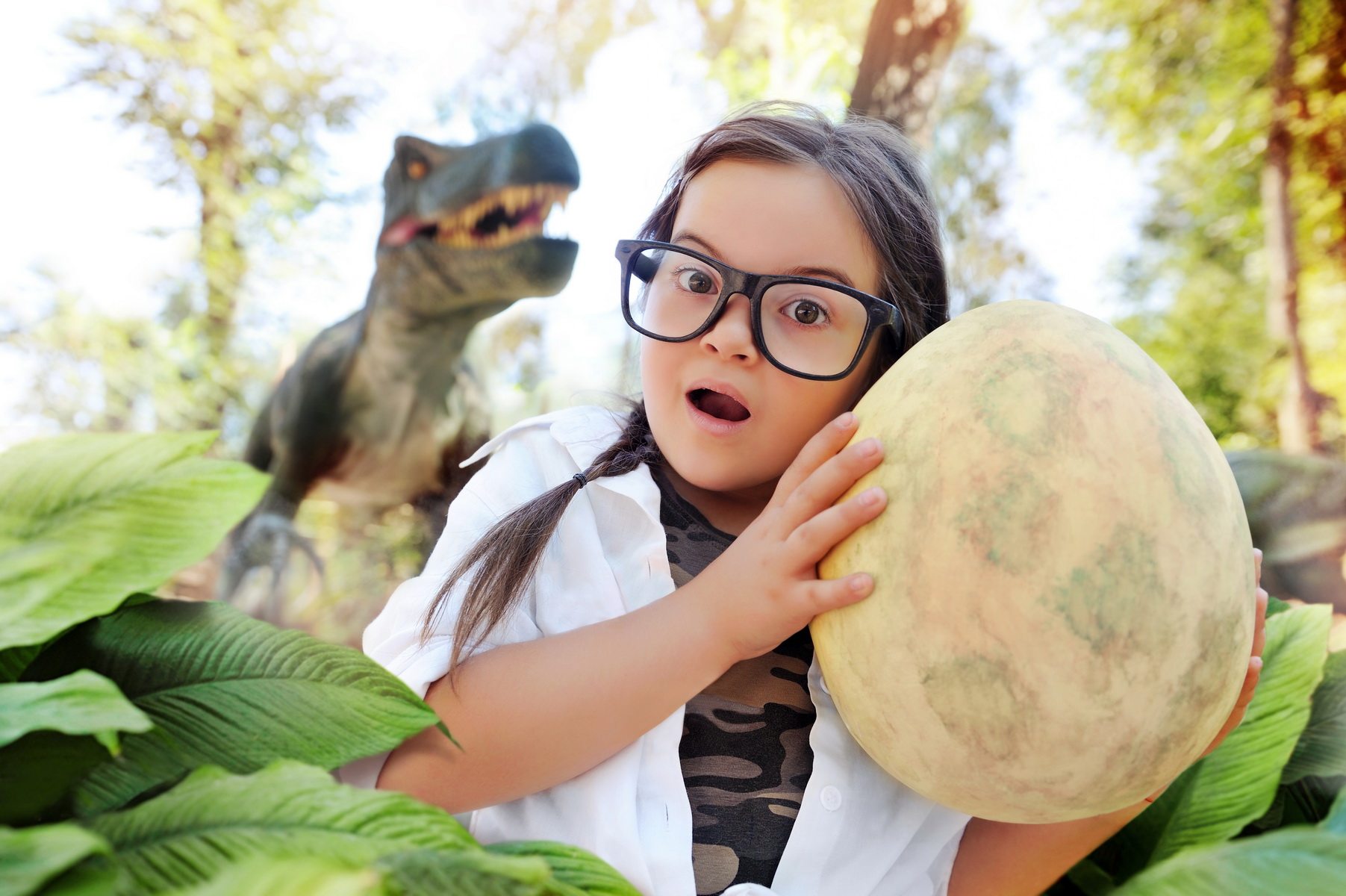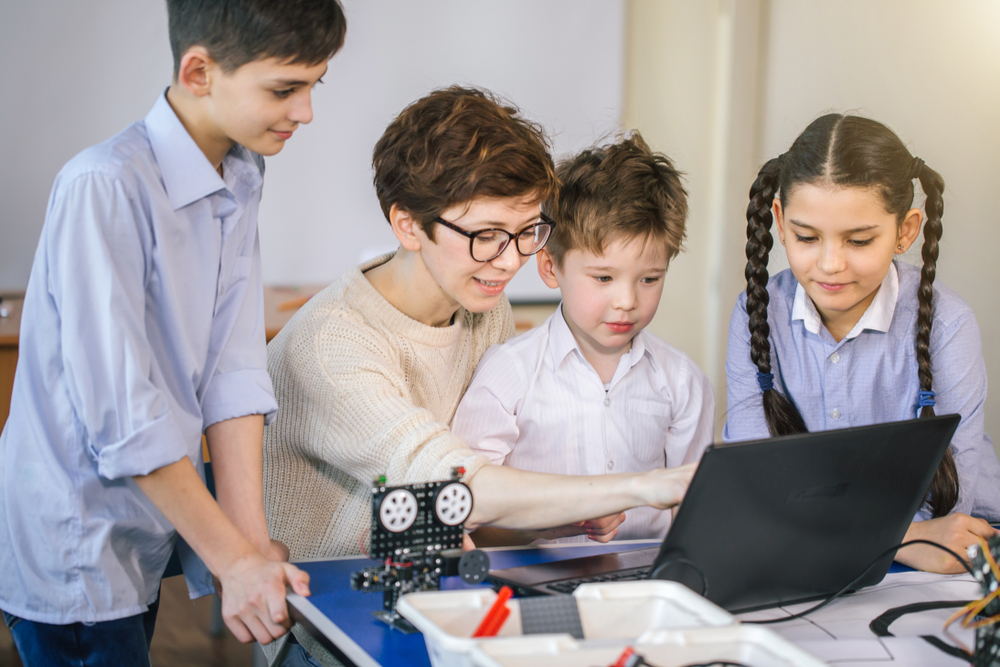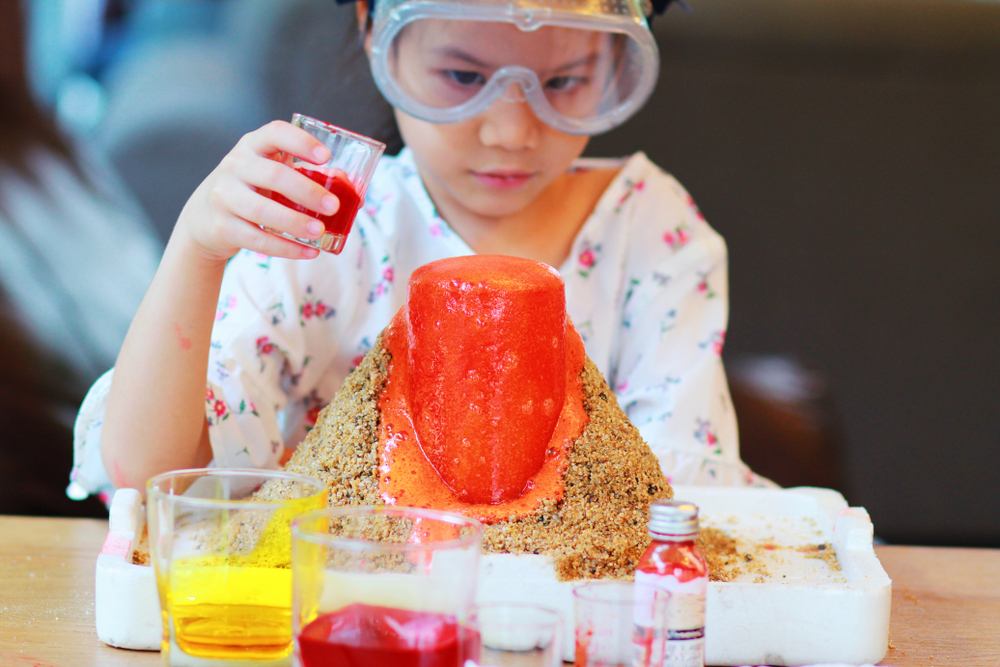Categorization skills Normal Science Worksheets for Ages 3-9
4 filtered results
-
From - To
Enhance your child's learning experience with our categorization skills worksheets, designed for ages 3-9! Our engaging and interactive normal science worksheets help young learners explore and classify various objects, animals, and everyday items. These activities promote critical thinking, cognitive development, and a foundation in scientific understanding. Each worksheet encourages children to categorize based on attributes such as size, shape, color, and function, making learning fun and effective. Perfect for classroom use or at-home activities, our categorization worksheets help kids develop essential skills while fostering a love for science and discovery. Start your child's educational journey today!
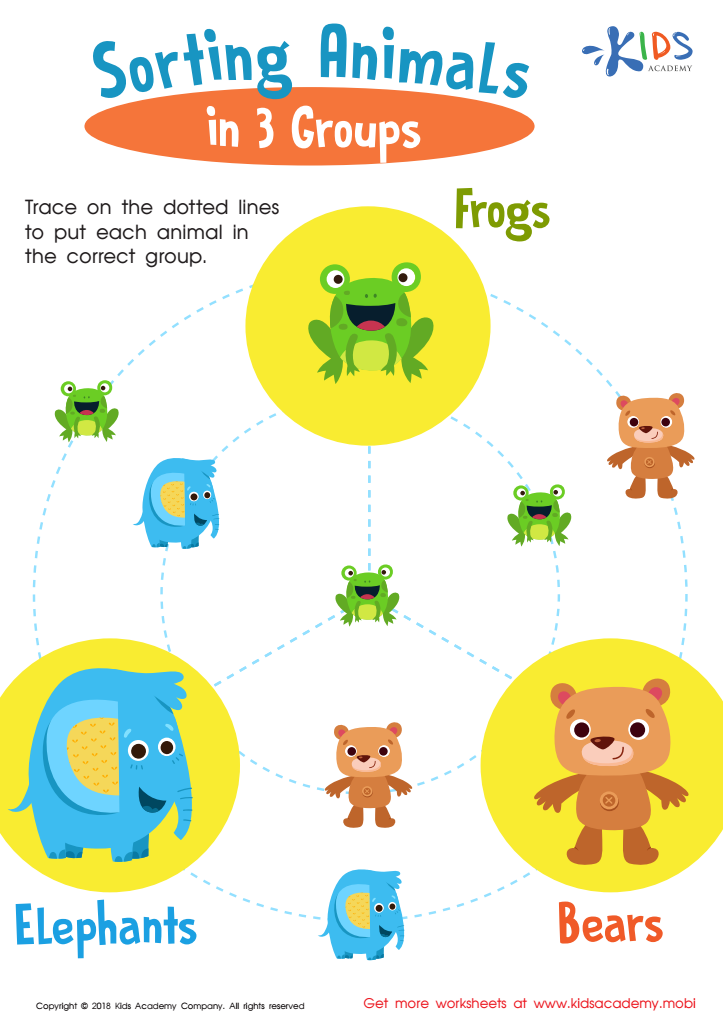

Sorting Animals in 3 Groups Worksheet
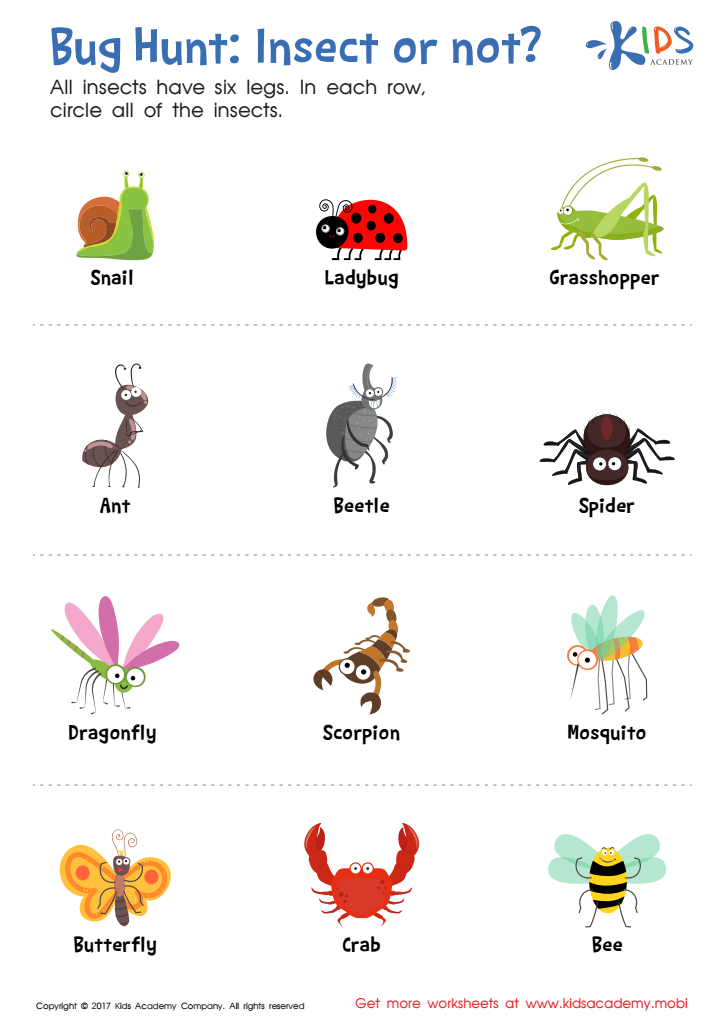

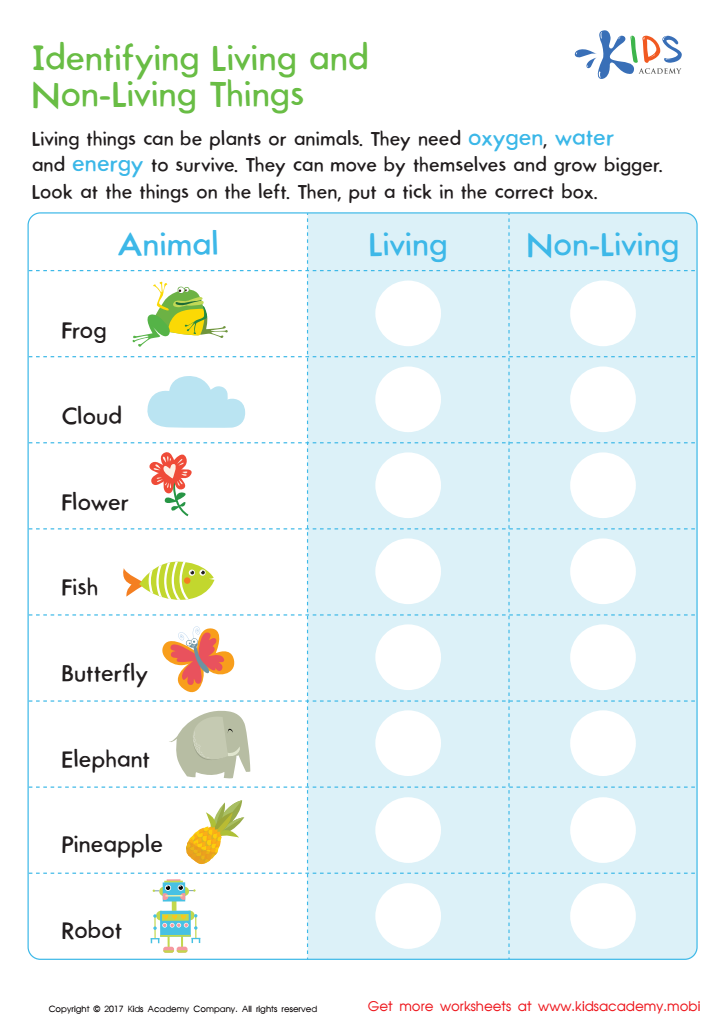

Identifying Living or Non–living Worksheet
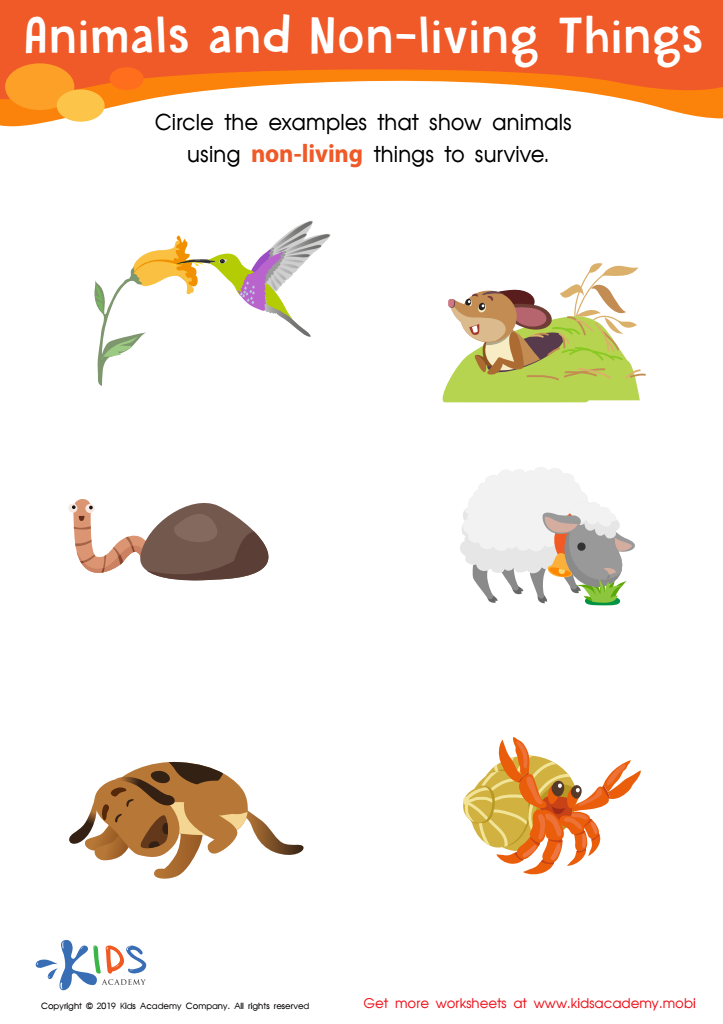

Animals and Non-Living Things Worksheet
Categorization skills in early childhood are essential for a child’s cognitive development and scientific understanding. From ages 3 to 9, children are naturally curious and eager to make sense of the world around them. Teaching them to categorize helps children organize knowledge, making it easier to learn, understand concepts, and draw connections between different ideas.
Parents and teachers should care about these skills because they form the foundation for critical thinking and problem-solving abilities. When children categorize objects, animals, or experiences by their attributes, they engage in higher-order thinking, which is vital for later academic success in science and beyond. For instance, recognizing different types of animals based on shared characteristics (like mammals versus birds) aids in understanding ecosystems and promotes inquiry-based learning.
Moreover, categorization skills enhance language development. As children learn to label and compare groups, they expand their vocabulary and improve communication abilities. Furthermore, cultivating these skills can support social development; for instance, children learn to understand and appreciate diversity by recognizing similarities and differences in their peers.
Ultimately, prioritizing categorization skills encourages a lifelong love for learning, guiding young learners toward smarter, more informed lives.
 Assign to My Students
Assign to My Students




